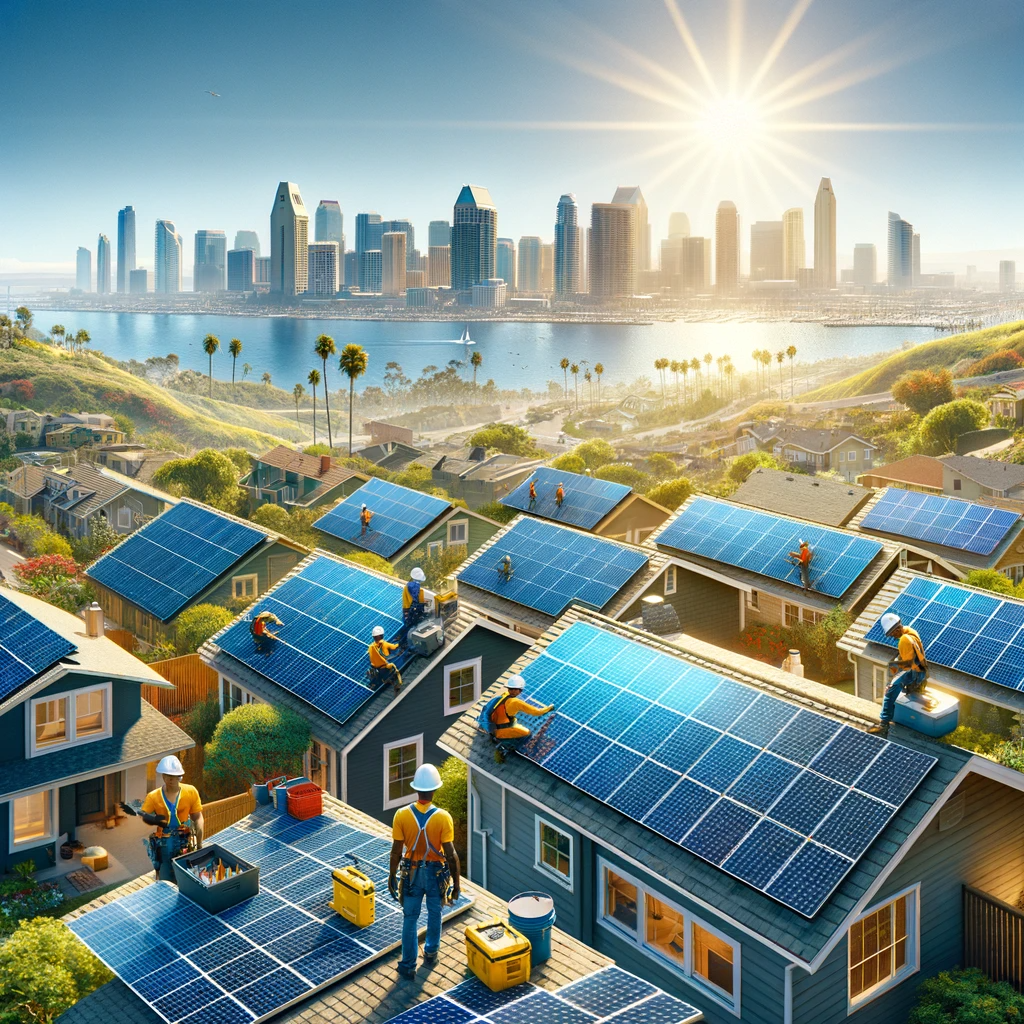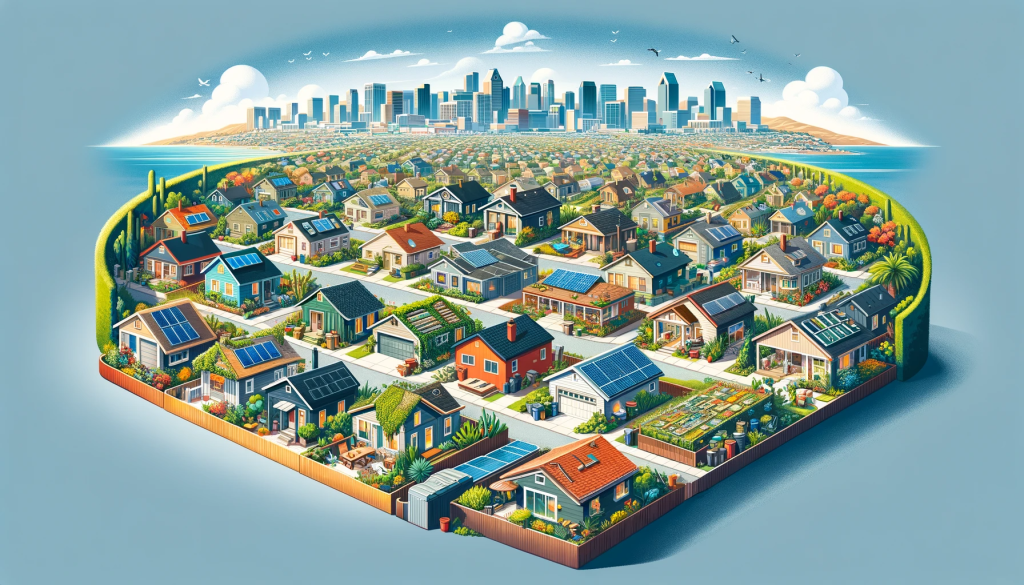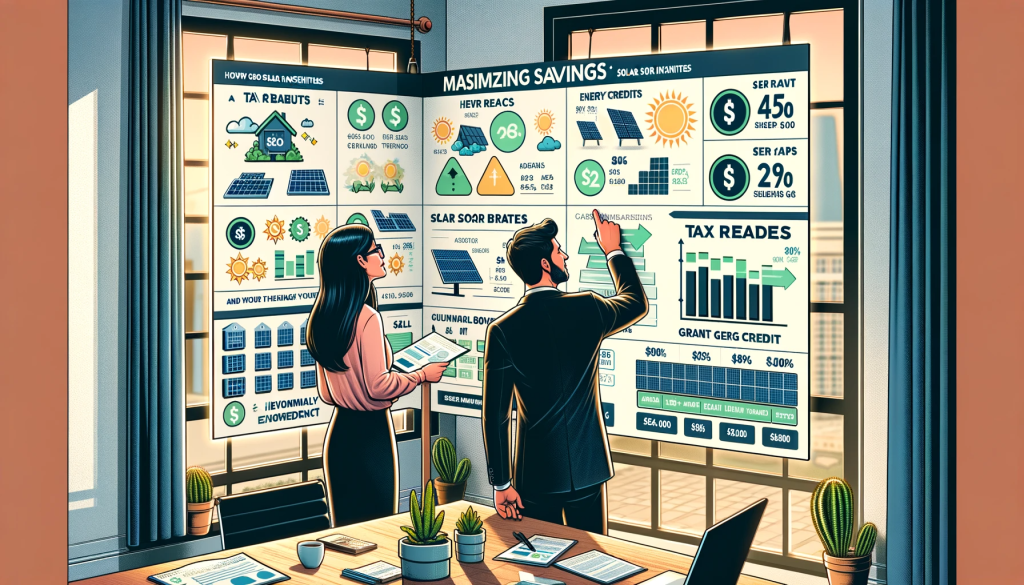Zoller Pumps: The Future of Eco-Friendly Water SolutionsZoller Pumps: The Future of Eco-Friendly Water Solutions
In the quest for sustainability, water management plays a crucial role. As the world grapples with the challenges of climate change and environmental degradation, eco-friendly solutions are more important than ever. Zoller pumps are emerging as a beacon in this sustainable transition, offering innovative, eco-friendly water management solutions. This article explores how Zoller pumps are shaping the future of water solutions with a focus on sustainability.

Introduction to Eco-Friendly Water Management with Zoller Pumps
Water is a vital resource, and its efficient and sustainable management is essential for the environment. Zoller pumps have been at the forefront of developing technologies that not only meet the needs of effective water management but also prioritize environmental sustainability.
Key Features of Zoller Pumps for Sustainable Water Solutions
Zoller pumps are designed with several key features that make them ideal for eco-friendly water management:
- Energy Efficiency: These pumps are engineered to use less energy, reducing the carbon footprint and helping in conserving natural resources.
- Durability and Reliability: Long-lasting and reliable, Zoller pumps decrease the need for frequent replacements, thereby reducing waste.
- Adaptability: Capable of handling a variety of water types and conditions, they are versatile tools in different water management scenarios.
Applications in Sustainable Water Management
Zoller pumps find their applications in several areas of sustainable water management:
- Wastewater Treatment: Essential in the treatment and recycling of wastewater, Zoller pumps contribute to the reduction of water wastage.
- Stormwater Management: They play a critical role in managing stormwater, preventing flooding and mitigating pollution runoff.
- Irrigation Systems: In agriculture, Zoller pumps help in optimizing water use, supporting sustainable farming practices.
Environmental Benefits of Zoller Pumps
The environmental impact of Zoller pumps is significant:
- Reduced Water Wastage: By optimizing water usage, these pumps help in conserving water, a crucial aspect in regions facing water scarcity.
- Lower Greenhouse Gas Emissions: Energy-efficient operations mean fewer greenhouse gas emissions, contributing to the fight against climate change.
- Sustainable Ecosystems: By improving water management practices, Zoller pumps aid in maintaining healthy ecosystems.
Technological Advancements
Zoller pumps are not static; they are continuously evolving with technological advancements:
- Integration with Renewable Energy: Efforts are being made to power Zoller pumps with renewable energy sources like solar or wind power.
- Smart Technology: Incorporating smart technologies for better monitoring and control of water resources.
- Innovative Materials: Research into new materials that are more sustainable and have a lesser environmental impact.
Case Studies and Success Stories
Real-world implementations of Zoller pumps have shown remarkable results in sustainable water management. For example, a community project utilizing Zoller pumps for its rainwater harvesting system demonstrated significant improvements in water efficiency and reduced reliance on municipal water sources.
The Challenges and Future Prospects
While Zoller pumps are making strides in sustainable water management, challenges such as affordability and integration with existing systems remain. However, the future looks promising with ongoing research and innovation aimed at overcoming these challenges and enhancing the sustainability quotient of these pumps.
Conclusion
Zoller pumps represent the cutting edge of eco-friendly water management solutions. They are not just tools for today but an investment in a sustainable future. As the world continues to confront environmental challenges, Zoller pumps stand out as a key player in the journey towards a more sustainable and water-efficient future.


